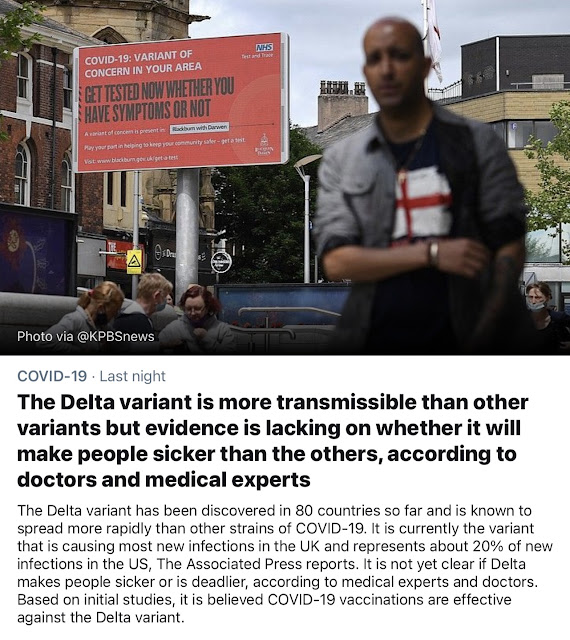Good paper. Quite worthy. 10 page pdf (PNAS Creative Commons download), 17 contributing authors, 166 endnote citations.
Cut to the chase:
Summary
Human collective dynamics are critical to the wellbeing of people and ecosystems in the present and will set the stage for how we face global challenges with impacts that will last centuries (14, 15, 64). There is no reason to suppose natural selection will have endowed us with dynamics that are intrinsically conducive to human wellbeing or sustainability. The same is true of communication technology, which has largely been developed to solve the needs of individuals or single organizations. Such technology, combined with human population growth, has created a global social network that is larger, denser, and able to transmit higher fidelity information at greater speed. With the rise of the digital age, this social network is increasingly coupled to algorithms that create unprecedented feedback effects.
Insight from across academic disciplines demonstrates that past and present changes to our social networks will have functional consequences across scales of organization. Given that the impacts of communication technology will transcend disciplinary lines, the scientific response must do so as well. Unsafe adoption of technology has the potential to both threaten wellbeing in the present and have lasting consequences for sustainability. Mitigating risk to ourselves and posterity requires a consolidated, crisis-focused study of human collective behavior.
Such an approach can benefit from lessons learned in other fields, including climate change and conservation biology, which are likewise required to provide actionable insight without the benefit of a complete understanding of the underlying dynamics. Integrating theoretical, descriptive, and empirical approaches will be necessary to bridge the gap between individual and large-scale behavior. There is reason to be hopeful that well-designed systems can promote healthy collective action at scale, as has been demonstrated in numerous contexts including the development of open-sourced software, curating Wikipedia, and the production of crowd-sourced maps (165, 166). These examples not only provide proof that online collaboration can be productive, but also highlight means of measuring and defining success. Research in political communications has shown that while online movements and coordination are often prone to failure, when they succeed, the results can be dramatic (137). Quantifying benefits of online interaction, and limitations to harnessing these benefits, is a necessary step toward revealing the conditions that promote or undermine the value of communication technology.
A consolidated study of human collective behavior will be limited to providing mechanistic insight into the consequences of changes to our social system and potential solutions. The ethical issues raised by stewardship of social systems, like those associated with ecological systems, will require input from philosophy, public policy, and disciplines across the humanities (147). There is no viable hands-off approach. Inaction on the part of scientists and regulators will hand the reins of our collective behavior over to a small number of individuals at for-profit companies. Despite the scientific and ethical challenges, the risks of inaction both in the present and for future generations necessitate stewardship of collective behavior.
Goes to the so-called "Science of deliberation?"
Curiously, no mention of the neurosciences in this paper (goes to "cognition" and its impediments). Or, to their credit, "neurobabble." (BTW, apparently, "neuroaesthetics" is an actual thing.)
Tangentially, more on infotech and cognition impacts.
UPDATE
New book release.
Riveting. Infuriating.
A must-read. Click the cover.
A Trump Maladministration Klepto-Kakistocracy with an aggregate blood type comprised of equal parts methamphetamine and fentanyl. I just got it yesterday. Almost done reading it.
Update2: Finished the book. A fabulous, albeit maddening read. Excellent reportage written in a very Michael Lewis-like style.
_________































